
Dramatic Images of Arctic Camera Traps
Trap
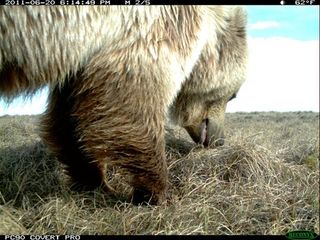
Scientists with the Wildlife Conservation Society placed camera traps in Arctic Alaska to see how the presence of predators that benefited from human activity were impacting nesting birds in the area.
In this shot, a grizzly bear is sniffing around close to the camera.
Trap
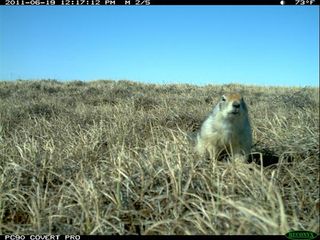
Near the Ikpikpuk River, the most common nest predators are arctic ground squirrels like this one caught by the camera.
Trap
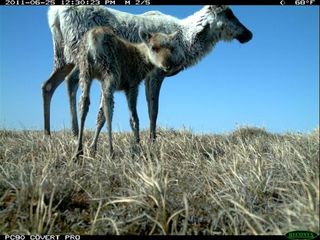
Sometimes, the camera inadvertently captures images of other wildlife in the area including this caribou mother and calf.
Trap
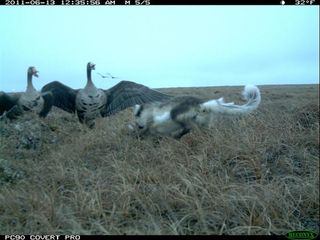
An Arctic fox charging a greater white-fronted goose nest defended by the adults, in the Prudhoe Bay oilfields.
Trap
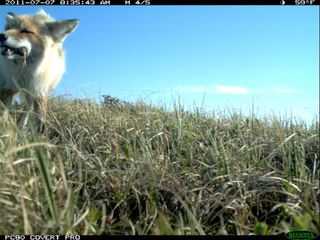
A red fox eating a Lapland longspur nestling.
Trap
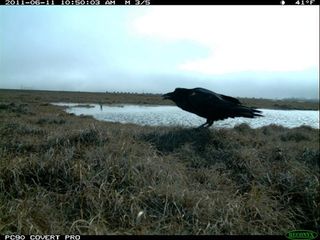
A common raven in the Prudhoe Bay oil field caught by the camera trap removing an egg from a Lapland longspur nest.
Sign up for the Live Science daily newsletter now
Get the world’s most fascinating discoveries delivered straight to your inbox.
Most Popular

